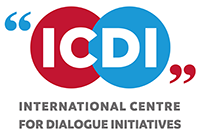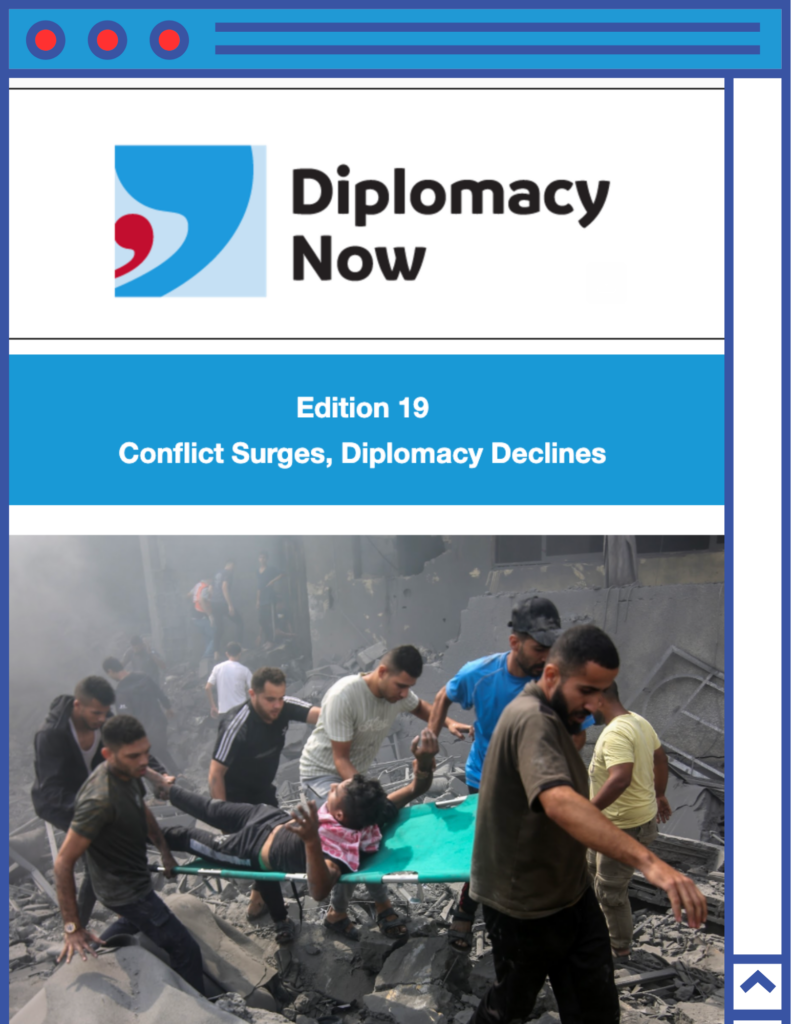The recent deal between the United States President Donald Trump and the Houthis marks a significant turning point in Yemen’s decade-long conflict, as it introduced a new approach to negotiation and deal-making in the country. This swift agreement allowed all involved parties to shift their focus away from the protracted Yemeni crisis, prioritizing business deals during Trump’s regional visit or addressing other, more solvable issues unlike the seemingly intractable Yemeni case.
This deal was also part of Oman’s active diplomatic role in the Yemeni conflict. Oman had previously succeeded in mediating a potential agreement between the Houthis and the Saudis, although progress was ultimately stalled due to the Houthis’ involvement in the Gaza war.
Oman mediation has picked up where UN has struggled
Omani mediation has helped break the deadlock reached by the United Nations’ efforts. Since the failure of the Kuwait negotiations in 2016, the UN has struggled to bring Yemen’s warring parties to the table. Subsequent attempts have focused only on partial ceasefires, such as the Stockholm Agreement, or limited humanitarian and economic issues, like prisoner exchanges. Talks aimed at a comprehensive resolution of the conflict have ceased entirely since the Kuwait talks collapsed.
Oman has hosted Houthi negotiators since the war began in 2015, strengthening its role as a key mediator. The Sultanate remains one of the few Arab nations to maintain strong relations with Iran — from the time of the Shah to the present — allowing it to offer critical support to the Houthis and gain significant leverage in the mediation process.
Although Oman was the only Gulf country that refused to join the Saudi-led coalition in 2015, this stance did not significantly damage its relationship with Saudi Arabia, despite occasional tensions, particularly over accusations that Oman facilitated weapons smuggling to the Houthis. Nevertheless, both countries managed to contain these tensions and differences within the context of the Yemeni conflict, remaining committed to maintaining stable bilateral relations.
As a result, Oman has preserved good relations with all parties involved in the conflict, allowing it to serve as a mediator without the bureaucratic complexities associated with UN-led processes, such as requirements around inclusivity, gender representation, and human rights. More importantly, while the UN, as an intergovernmental organization, deals primarily with states and lacks leverage over non-state actors like the Houthis, Oman can exert real pressure on the Houthis due to its longstanding ties and influence.
Yemenis have criticized the “roadmap” for lack of transparency and exclusivity
In fact, through Omani mediation, the Houthis and the Saudis came close to reaching an agreement that the UN later referred to as the “roadmap.” Despite endorsing the deal, the UN was not involved in the negotiation process itself, which remained a direct engagement between the Houthis and the Saudis facilitated exclusively by Oman.
However, nearly all non-Houthi parties in Yemen have criticized the roadmap for several reasons. First, there was a lack of transparency, no official document or text of the agreement has been published, and only leaked information has circulated in the media. Second, the negotiation process was undeniably exclusive, effectively sidelining all Yemeni factions except the Houthis.
Third, based on the leaked details, the agreement consists of three stages. Most criticism focuses on the first stage, which appears to meet all of the Houthis’ demands without requiring any concessions in return. In the later stages, when the Houthis are supposed to make compromises, there would be little to no leverage left. Essentially, the agreement seems to serve the interests of the two negotiating parties alone: addressing the Houthis’ economic needs and Saudi Arabia’s security concerns, while ignoring the deeper causes of the Yemeni conflict.
Trump’s approach won’t work in the Houthi-Saudi dynamic
While exclusivity may have worked in the Trump-Houthi deal, since the US had a singular goal of halting Houthi attacks on Red Sea shipping, the same approach is unsuitable for the Houthi-Saudi dynamic. The nature and roots of the conflict are far more complex in this case.
Nonetheless, the roadmap continues to be presented as a reference point for resolving the Yemeni conflict, despite widespread criticism and the US veto following the Houthi attacks in the Red Sea. Also, the re-designation of the Houthis as a foreign terrorist organization posed another key element of the roadmap impractical. These developments reflect a growing tendency to sideline Yemen’s intractable conflict by addressing only its immediate security ramifications, while leaving its root causes unaddressed.
Three challenges to peace in Yemen
There are three key reasons why peace in Yemen appears unattainable:
- The fragmentation of the anti-Houthi camp: Incorporating all factions into the internationally recognized government has failed to resolve internal contradictions, personal rivalries, and competing regional identities. These divisions are deepened by external rivalries, particularly the competition between Saudi Arabia and the UAE, which has paralyzed the government’s ability to function effectively.
- The imbalance of power in favor of the Houthis: The Houthis, a closed ideological and identity-based group, have begun to construct a state aligned with their doctrine. This makes them disinclined to share power or compromise with other Yemeni factions.
- Conflicting visions for Yemen’s future: There is no consensus on the country’s political and territorial structure, whether it should be unified, federal, or divided. Similarly, there is disagreement over the political system itself, with some advocating a republican model and others leaning toward a more theocratic system.
The US administration has explicitly stated that it is not interested in becoming involved in the Yemen war. This was seen by the suspension of humanitarian aid during a nearly seven-week period of bombings in Yemen. For Saudi Arabia, after seven years of military intervention, it became clear that the war had become an unwinnable quagmire one that drained the kingdom’s finances and damaged its international reputation.
Yemen needs a comprehensive political and economic strategy
During President Trump’s visit to the Middle East, Yemen was noticeably absent from the agenda. Even a request from the leader of Yemen’s Presidential Leadership Council (PLC) to meet with Trump during his visit to Saudi Arabia was ignored. Clearly, Yemen is perceived as a burden with no tangible returns, making it something best avoided. As a result, any proposed peace initiative seems more aligned with a strategy of containment than resolution, aimed at localizing the conflict to prevent broader regional implications, even if the solution is partial and short-sighted.
In reality, Yemen’s deep-rooted crisis stems from decades of short-sighted policies and an overreliance on security-focused approaches. What Yemen truly needs is a comprehensive political and economic strategy that can deliver more constructive and lasting results. However, this will require sustained, long-term efforts grounded in strategic rather than tactical planning. Otherwise, the continued reliance on reactive policies will not resolve the crisis. Even if such approaches manage to contain some of its immediate effects, they will ultimately fail as the crisis deepens over time.
|
Maysaa Shuja Al-Deen is a senior researcher at Sana’a Center for Strategic Studies. Her writing and analyses have been featured in many media outlets such as Jadaliyya, Assafir al Araby, al Araby al Jadeed, Carnegie, Foreign Policy, Arab Reform Initiative, and Al-Monitor. Shuja Al-deen holds a master’s degree in Islamic Studies from the American University in Cairo, and her thesis focuses on Zaydism. |






